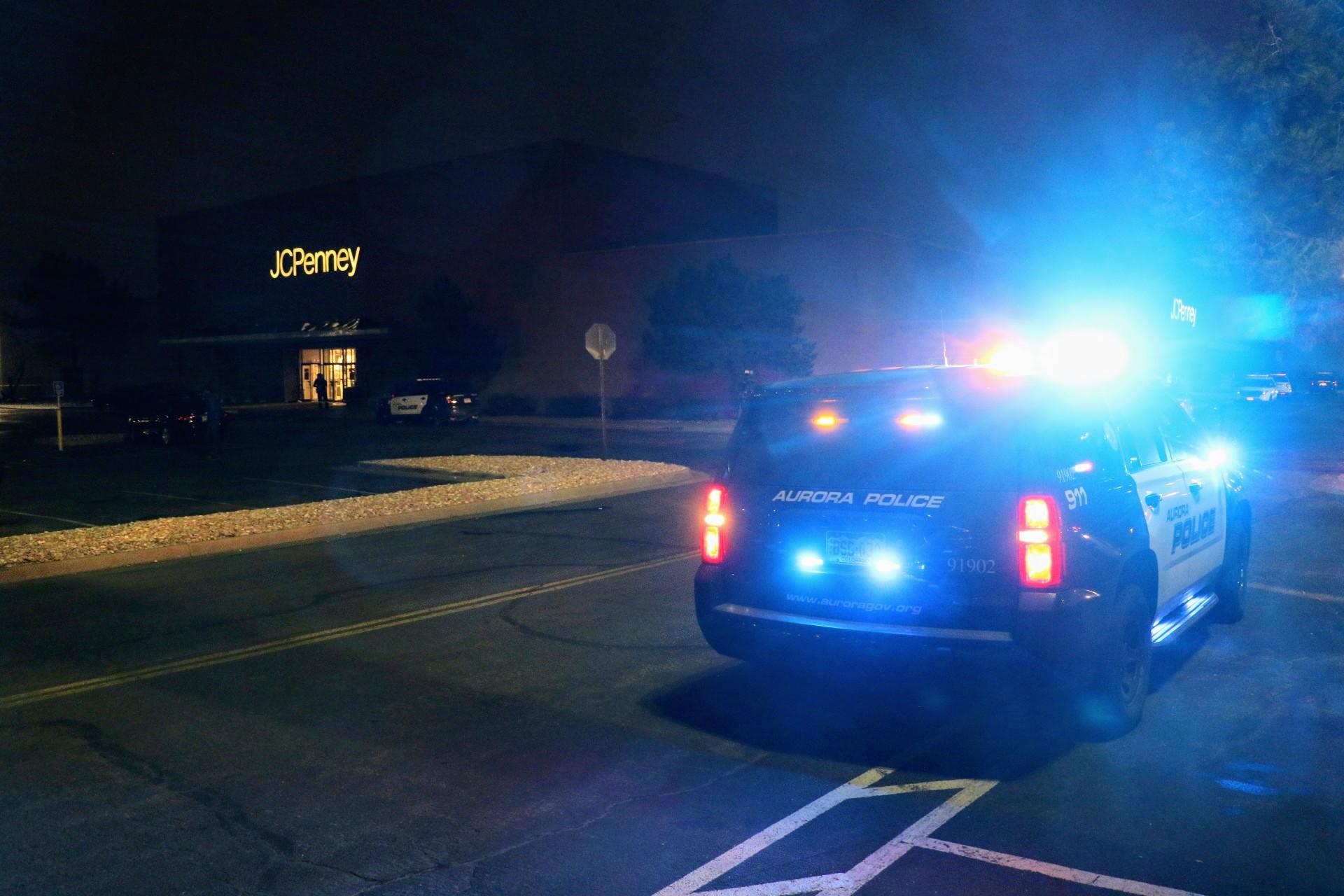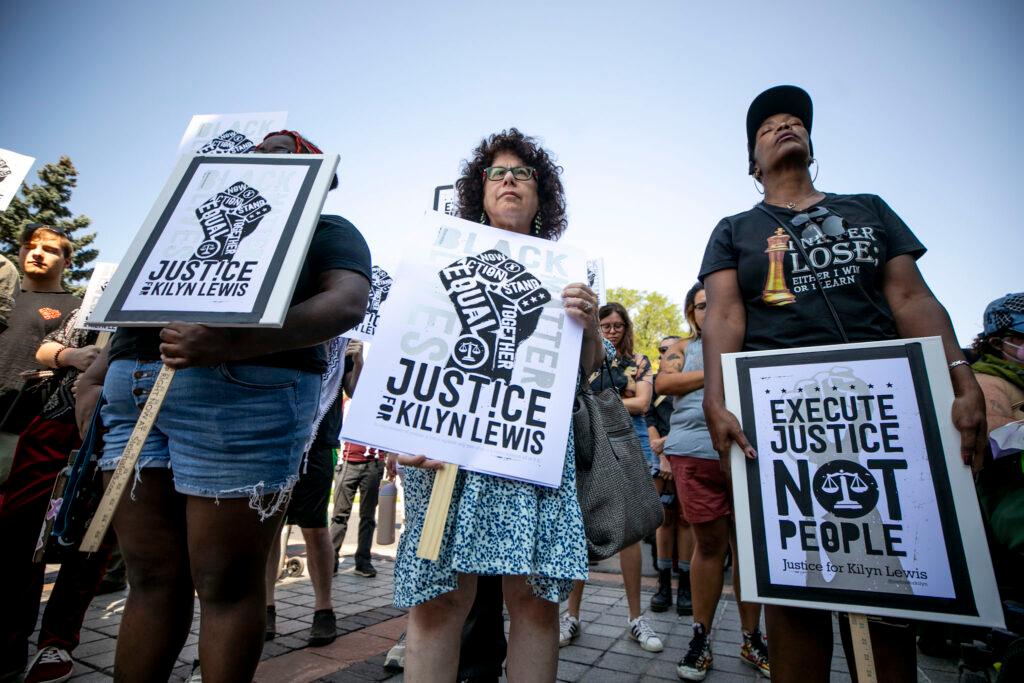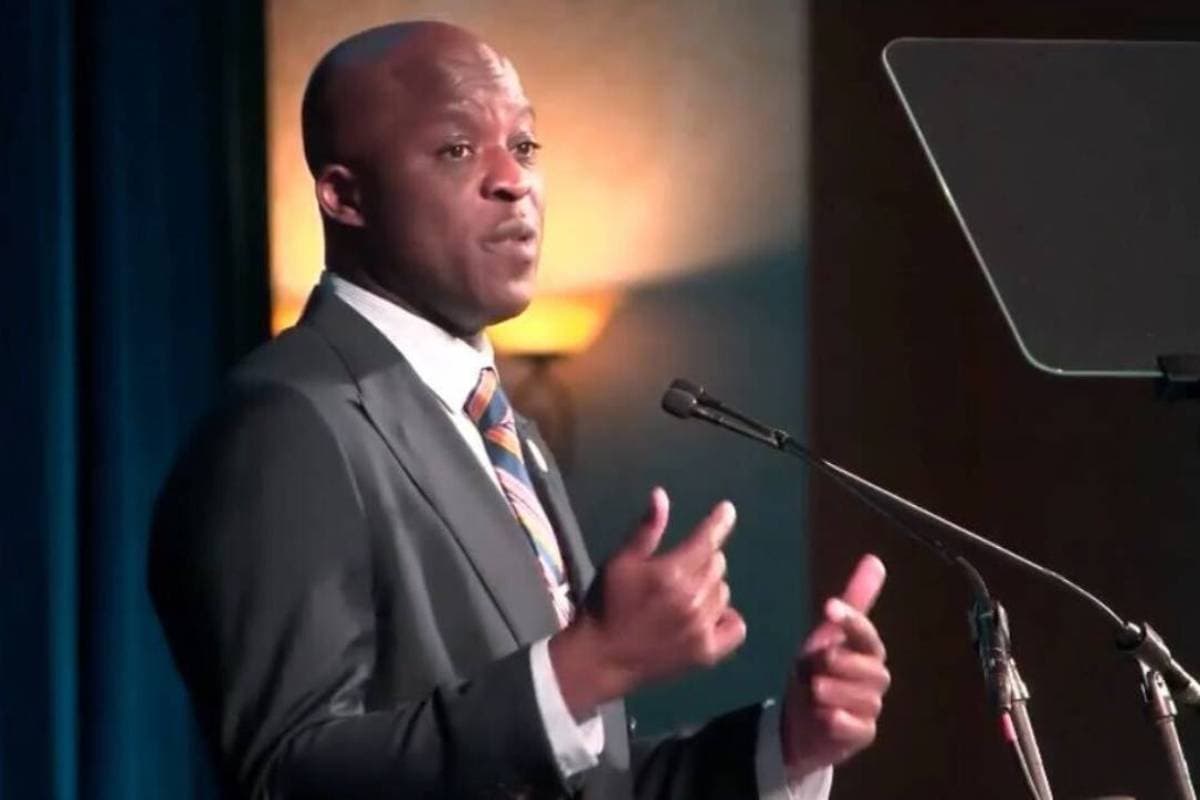
The Independent Monitor for the Aurora Consent Decree says in a new update that it is encouraged by the city’s progress as it continues to make reforms to its police department.
At the same time, new department policy has led to a marked increase in the number of vehicle pursuits officers can make, leading to more than 100 more pursuits in the latest tracking period compared with the period before. And after a fatal officer-involved shooting in August stemming from an attempted traffic stop and subsequent pursuit, the monitor is suggesting that the Aurora Police Department consider whether they should mandate that all officers carry a taser in addition to their service firearms.
In the ninth progress report of the Aurora Consent Decree released this month, all areas the monitor previously identified as needing to be addressed are no longer on a cautionary track.
“Areas that were previously on a cautionary track have advanced significantly, with all requirements now either on the right track or in substantial compliance,” the report reads. “Leadership across the City, APD, and AFR have embraced the mandates of the (consent decree) and are making measurable progress in operationalizing them.”
Two areas that were on a cautionary track during the last reporting period were addressing racial bias in policing and the documentation of stops.
While the latest progress report puts the Aurora Police Department on the right track in reforms, it also focused on an increase in the number of vehicle pursuits, more SWAT team reform, and five officer-involved shootings.
Addressing racial bias in policing
The monitor found that there were no incidents indicating racial or ethnic bias in its reviews of all Tier 1 uses of force and pursuits. Tier-1 use of force is considered a low-level use of force. The monitor said all initial complaints were appropriately forwarded to the department’s internal investigation bureau for preliminary review, and were then investigated and reviewed through the chain of command as required.
The investigations were generally thorough, complete, and timely, the report says. The administrative investigations concluded that all bias allegations made against officers were found to be unfounded or the officers were exonerated.
The monitor did raise concerns about the APD’s tracking of “suspicious persons” calls, however. In a review of a random sample of 18 of those 61 calls, six incidents in the monitor’s preliminary judgement required a contact data collection form. Only one of those six had been completed.
The Monitor also found that APD continued to be transparent through monthly reporting of the contact data form and updates to its online transparency form.
Documentation of stops
The area of documentation of stops also made progress, the report says. The monitor upgraded progress in that area from on a cautionary track to being on the right track due to the use of the contact data form.
During the ninth reporting period, there were 17,316 total stops by officers. Over 16,800 were documented. That equates to a 97.2 percent rate. The monitor noted that 98.6 percent of stops that led to criminal arrest were documented.
The monitor also noted that APD had made progress in tracking non-enforcement contacts, such as traffic warnings and initiated remedial action for individual officers who failed to complete contact data collection forms.
Vehicle pursuits on the rise despite policy change
The City of Aurora revised its Vehicle Pursuit Policy in March to allow officers to initiate pursuits for drivers suspected of driving under the influence, for suspected stolen vehicles, in the investigation of firearms-related offenses, and for felonies.
Among the changes were supervisors bearing the responsibility for ensuring that pursuits reflect APD’s public safety mission and that officers use de-escalation strategies when appropriate. The monitor noted that factors such as excessive speed, heavy traffic, or other hazardous conditions can quickly elevate risks.
During the latest reporting period between April 1 to Aug. 15, 2025, there were 107 pursuits compared to three in the previous period between Oct. 1, 2024, to Feb 15, 2025. Eighty of those, or 75 percent of the pursuits, during the latest reporting perio,d stemmed from suspected stolen vehicles.
Despite the rise in pursuits, the monitor said it was pleased with officer judgment, the level of supervisory oversight of the pursuit in progress, supervisory review, and the documentation of reviews and adjudications. It noted two exceptions and recommended additional review by command staff for potential disciplinary action.
Implementation of SWAT Guidelines
In response to the May 2024 officer-involved shooting death of Kilyn Lewis, APD overhauled SWAT team polices. The last progress report criticized tactics in attempting to arrest him on an attempted homicide warrant from the Denver Police Department.
As the APD SWAT team surrounded Lewis, officers commanded the 37-year-old unarmed Black man to put his hands in the air. Lewis pulled out a dark object from his back pocket as he was complying. Officer Michael Dieck fired one shot that killed Lewis. It was later determined that Lewis had a cell phone and snack food in his hand.

Then-Arapahoe County District Attorney John Kellner declined to file criminal charges against Dieck. He initially sent the case to a grand jury, but they declined to hear it. Aurora Police Chief Todd Chamberlain said Dieck didn’t violate agency policy. Dieck was re-assigned to another position within the department as part of the overhaul.
APD modified its procedures and implemented a more rigorous approval process for all external and internal warrant service requests from outside agencies. The department now conducts 240 hours of annual team training and 313 hours of individual training.
The Special Operations Division Commander or a Division Chief must be present at all SWAT Callouts and warrant services. The APD SWAT team was also mandated to have a designated “less-lethal operator” for every arrest scenario.
The monitor found in its review that the changes are having an impact. Since the changes were made to the policy, SWAT deployments have dropped by 36 percent. Use of force by the SWAT team also dropped by 36 percent.
Officer-involved shootings
The latest report focused on five officer-involved shootings. Two of them occurred outside of the reporting period. Four of them ended in death.
The report put emphasis on the officer-involved shooting death of Rajon Montrel Lee Belt-Stubblefield, a 37-year-old Black male. The incident occurred on August 30, which is outside of the reporting period.
An officer attempted to stop Belt-Stubblefield for a traffic violation for speeding. That’s when he fled and collided with other vehicles before coming to a stop. Body-worn camera footage showed Belt-Stubblefield got out of his vehicle and had tossed a handgun onto a grassy area.
The officer, who was alone at the time, approached Belt-Stubblefield and attempted to physically bring down Belt-Stubblefield, but was unsuccessful. When Belt-Stubblefield turned around, the officer punched him in the back of the head. As he attempted to fight with him, the officer fired three shots and killed him.
The Independent Monitor raised questions about the traffic stop and pursuit, lack of back-up, verbal commands used by the officer, de-escalation tactics he deployed or did not, the location of Belt-Stubblefield’s firearm, whether the officer should have deployed less-lethal alternatives, reasonableness of the force he used, the officer’s background, and if he rendered of medical aid in an appropriate manner.
The 18th Judicial District Critical Investigation Response Team (CIRT) has not finished its investigation nor has it made a determination into whether the officer should be charged in Belt-Stubblefield’s death, but the monitor suggested changes to APD policy as a result of the incident. They include potential legislation that would allow law enforcement to release body-cam footage sooner in certain circumstances in order to counter misinformation and to de-escalate public unrest. It also recommends that APD consider changing policy to mandate all patrol officers have training with and carry a Taser and another less-lethal option, such as pepper spray or a baton.
Other officer-involved incidents include a 17-year-old Hispanic male who was shot in the leg in the 1000 block of Elkhart Way by an officer on March 24. Officers had responded to a report of a male who appeared to be attempting to break into vehicles in the 1000 block of South Evanston Way. The suspect was reported to have a shiny object, later determined to be a knife, in his waistband as he ran from officers. The suspect suffered non-life-threatening injuries and was taken into custody.
On May 12, Rashaun Johnson was shot and killed by officers at The Parking Spot, an off-airport parking facility near Denver International Airport. The 32-year-old unarmed Black male reportedly walked around the lot barefoot and was behaving erratically. Officer Brandon Mills was the only officer dispatched to the area. Aurora Police Chief Todd Chamberlain said Mills tried to de-escalate the situation by telling Johnson that he was not in trouble and using a baton and taser. Those efforts were unsuccessful. Body-worn camera showed Johnson and Mills wrestling on the ground at one point. When the two men got up, Mills shot Johnson from 15 feet away. Officers shot and killed Johnson.
Johnson’s family sued. Their lawyers say Mills did not properly de-escalate the situation before shooting Johnson. They also said that he didn’t apply pressure to Johnson’s wounds for five minutes and 42 seconds after he shot him.
Officers responded to a domestic disturbance call at a residence on East Arkansas Avenue on June 14. They made contact with Todd Smith. They had a brief conversation with the 59-year-old white male before he retrieved a handgun from a workbench and turned it toward the officers. An officer shot and killed Smith.
Another incident outside of the reporting period occurred on Sept. 18, when an officer shot and killed a white 17-year-old juvenile in the 200 block of South Havana Street. The teen called 911, stating that he intended to open fire on a gas station and shoot police upon their arrival. After he ignored repeated commands, officers unsuccessfully used a 40 mm less-lethal launcher before using a firearm that fatally wounded him.
In the report, the monitor says that officer-involved shootings have heightened public anxiety in regard to racial disparities in policing and the use of force.
“The intensity of the reaction from a vocal segment of the community underscores that progress achieved under the Consent Decree can be quickly undermined if an officer-involved shooting is not handled with transparency, adherence to policy, and a clear commitment to learning and improvement,” the report states. “APD’s response — both operationally and communicatively — must therefore reflect not only technical compliance but also the empathy, restraint, and openness necessary to sustain community trust.”
The next progress report of the consent decree is scheduled to be released on Apr. 15, 2026.









